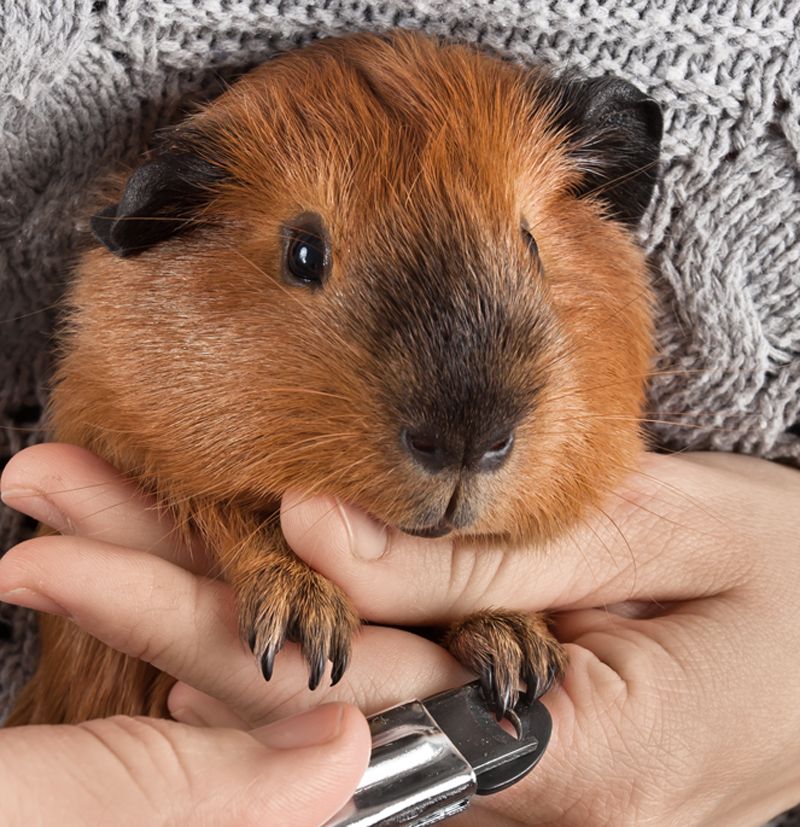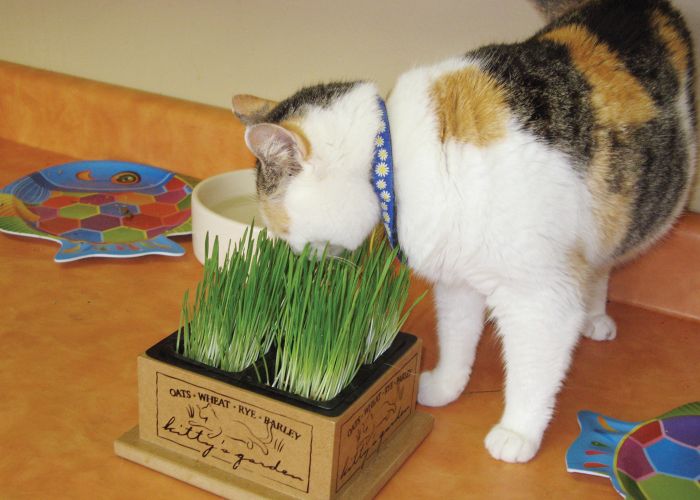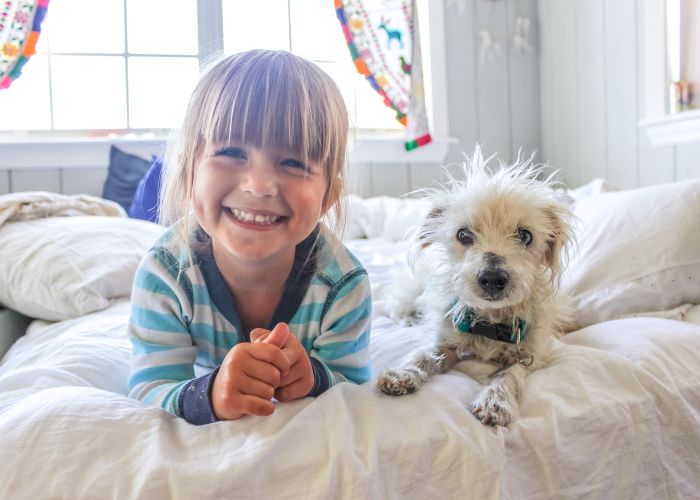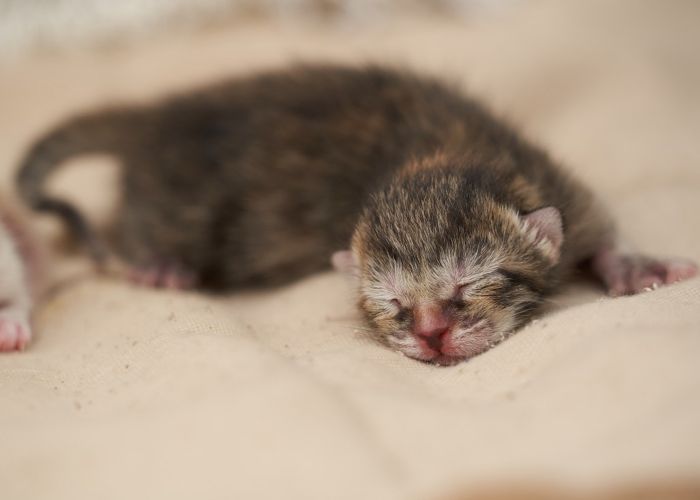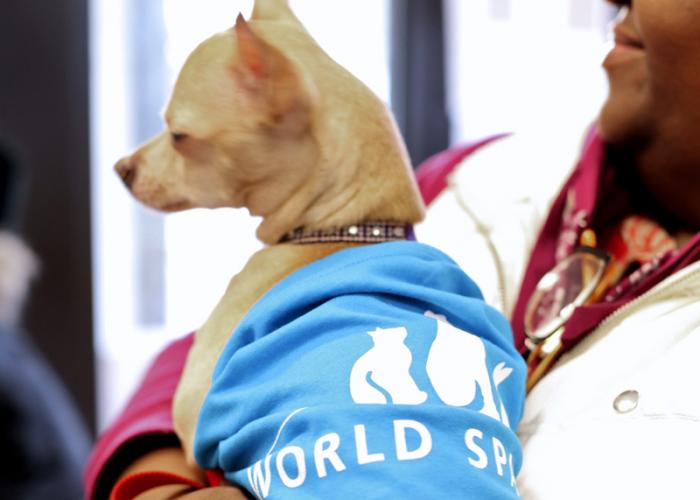It’s a small world after all
Shelters are stepping up care for their little guys
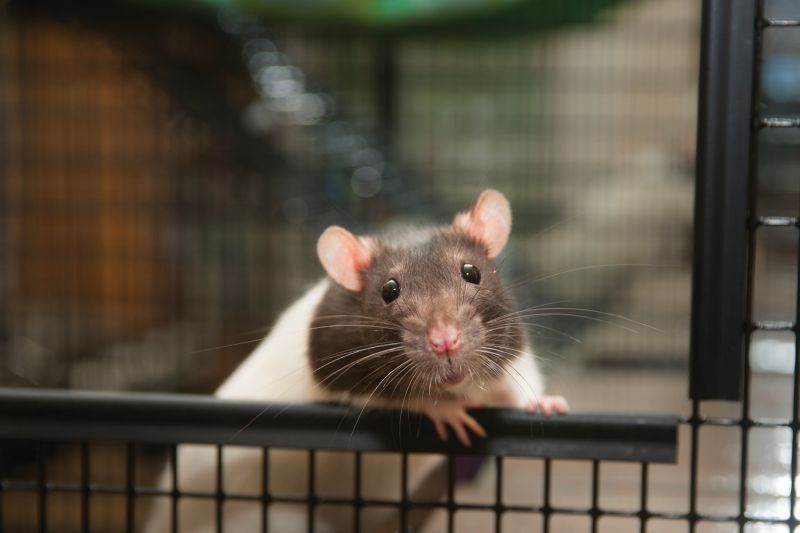
Sue Wilmot, the president of Small Angels Rescue in Frederick, Maryland, has spent much of her life caring for small mammals. She grew up with guinea pigs as a child, adopted a pair when her own children were young and helped care for guinea pigs at her local shelter. Then in the summer of 2003, she and four fellow volunteers founded Small Angels as a foster-based organization specializing in guinea pigs, rats, mice, gerbils and hamsters.
“We felt that shelters were so busy with dogs and cats,” Wilmot recalls, “that the little animals weren’t really getting the care they needed.”
Now, 16 years and 5,500 rescued animals later, Wilmot is glad to say that a lot has changed. As animal adoption has grown more popular and overall shelter intake numbers for dogs and cats have decreased, shelters are able to give more time and attention to their littlest charges.
Of course, there are challenges, including the fact that small animals come in a variety of species. At any given time, a shelter may be housing gerbils, hamsters, guinea pigs, chinchillas, rats, mice and other small rodents (commonly referred to as “pocket pets”), as well as rabbits, who are technically lagomorphs, not rodents.
Each species has its own specific care needs and medical concerns. But there are steps shelters can take to improve care and reduce stress for all their small animals, starting with a dedicated room.
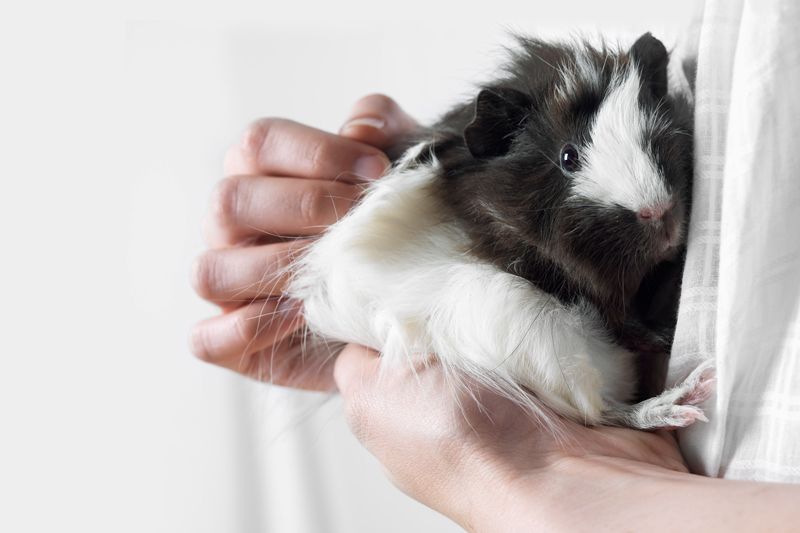
A room of their own
Back in 2015, the rats and rabbits at the Humane Society of Jefferson County in Wisconsin were housed in the shelter’s kitchen area—or wherever staff could find space between the dogs and the cats. Then the shelter moved to a new building, and the small animals got an upgrade.
“We made a specific consideration that the facility had to have a separate room, isolated enough from cats and dogs to have significant noise reduction, to help reduce stress,” says Jeff Okazaki, the shelter’s executive director.
Because small companion mammals are for the most part prey species, they’re easily stressed, and elevated stress hormones can lead to chronic illness and abnormal behavior, says Dr. Antonia Gardner, medical director at the South Florida Wildlife Center in Fort Lauderdale. Cross-contamination can also occur—for example, guinea pigs are extremely sensitive to Bordatella infection, a bacterium commonly carried by canines.
Noise levels are an especially big deal for small animals, says Rebecca Golz, a small-animal volunteer who’s been with HSJC since 2013. “With all of these species, too much stress can cause a heart attack— it can be fatal,” Golz says.
The shelter’s 130-square-foot small-animals room contains a wide, three-tier rabbit cage; a double-unit Critter Nation cage for rats; ample counter space for extra cages for other small mammals; and plenty of cabinets for supplies.
The windows all have blackout blinds to give the animals complete darkness at night. All small animals require a certain amount of darkness, Golz says, and rats need at least eight hours in the dark.
For shelters with less space or fewer resources, getting creative can help keep the critters calm.
Okazaki suggests using large, heavy blankets or rugs to help enclose an area and to drape over cages, isolating the small animals from noises, smells and visual stimuli. Gardner adds that each cage should have hiding spaces for animals to retreat into when stressed.
When HSJC was first setting up its small-animals room, volunteers from the House Rabbit Society, an international rescue and education organization, visited the shelter and made suggestions. “For any shelter, having someone with more experience come in and give you ideas would really help,” Golz says.
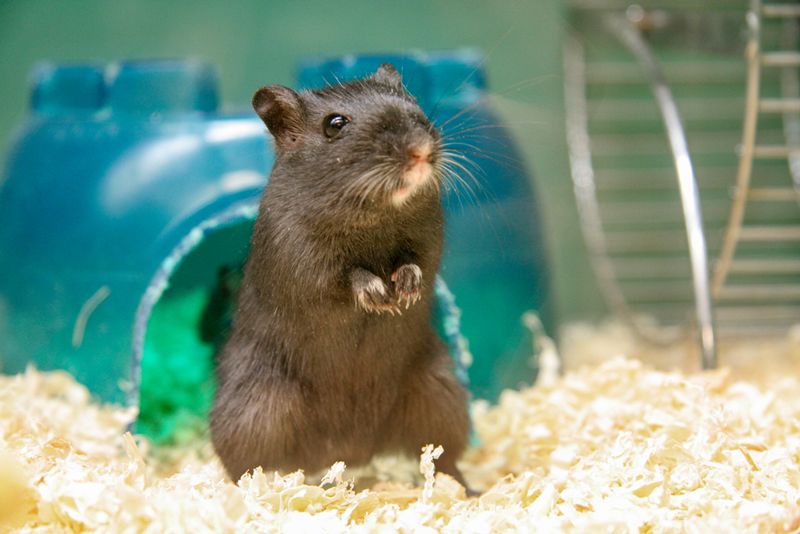
Happy hour
At the York County SPCA in Pennsylvania, the guinea pigs and rabbits all get fleece bedding and critter-specific toys for mental stimulation—two important care components. But most importantly, they also get out-of-cage time every day.
Dr. Natalie Weekes, the organization’s medical care director, says the shelter puts the animals in a larger room with interactive toys while their cages are being cleaned and their food is prepped. Over time, “you can really see a difference in their attitude,” Weekes says. “It’s always fun to see the really shy animals start to run through the play tubes and stick their head out and become interactive with people.”
HSJC makes sure volunteers and staff take the time to interact with all of their small creatures—for the well-being of the animals, and also to help get to know their personalities and better tailor adoption placements. After fencing off a small area or animal-proofing a room, volunteers let guinea pigs, rabbits and rats explore the space. The rats are particularly happy to interact with their caregivers, hanging out on a shoulder or crawling around a hoodie, says Okazaki.
“The socialization of a rat or a rabbit is equally important to that of a dog or a cat,” he says. “It’s important for how they’ll do in a home environment.”
“The socialization of a rat or a rabbit is equally important to that of a dog or a cat.”
—Jeff Okazaki, Humane Society of Jefferson County
Another tip from Okazaki: Rats need friends and shouldn’t ever be in a cage alone, but rabbits tend to be choosier about their playmates and may need to meet before being adopted out together.
Rabbits and guinea pigs tend to get along well, Okazaki says, so it can be beneficial to have them roam and play together under supervision in a shelter environment. He remembers one rabbit, Carlin, and a guinea pig, Possum, who came into the shelter separately and became fast friends.
“They were both pretty anti-social and had some fear and aggression issues,” Okazaki says. “But when they met, they instantly fell in love, and it made a huge difference in their personalities and adoptability. We were able to get them adopted out together.”
Local rescue groups are another go-to resource for shelters when their small animals need extra personal attention. Small Angels recently took in a gerbil named Boromir, who was being picked on by his cagemates at a shelter. “Boromir was kicked out of the [gerbil] group and pretty badly beaten up,” Wilmot says. “We took him in and got him established in a new clan, and he bonded tightly with his new brothers, Merry and Pippin.” All three gerbils are now settled in together in a new home.
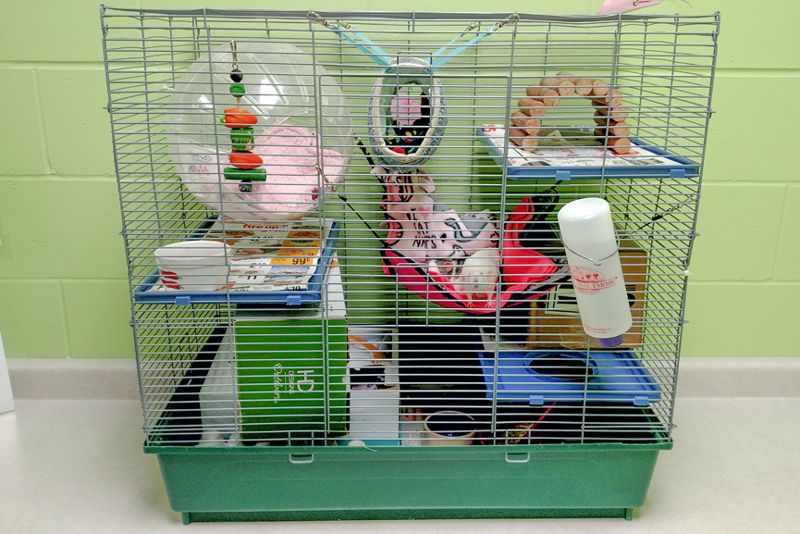
A picture of health
Though some small animals don’t need the vaccines that dogs and cats do, other routine care and medical treatment are crucial.
All small animals need care from specialized veterinarians trained in exotic pet care. When Weekes first started at the York County SPCA, the shelter had to send its small animals to an outside veterinarian. So Weekes decided to take the small animals under her wing and develop in-house medical expertise for them.
“I learned how to do all the anesthesia and all the surgeries,” she says. She trained with her husband, a fellow veterinarian who works with small animals, and the exotic veterinarian the shelter had worked with previously. She says her new knowledge has reduced costs for the shelter and eliminated the additional stress of transport for the animals.
All of the small animals at the Baltimore Humane Society—rabbits, guinea pigs, hamsters, mice, rats and gerbils—get an intake exam by the shelter’s medical director and are sexed the day they arrive, a critical step to avoid additional litters. Male guinea pigs and all rabbits are spayed or neutered by a local veterinarian who specializes in exotics, and the other critters are housed separately by sex. Then the small animals are carefully monitored for appetite, stool production and respiratory issues.
“A lot of what we see are small animals who after a few days stop eating,” says shelter director Katie Dixon. “They’re the kind of animals that can crash very quickly.”
A guinea pig who’s new to the shelter needs to be weighed (in grams) every morning before she eats anything, says Becky Wilson, director of the Metropolitan Guinea Pig Rescue in Washington, D.C. If the cavy is losing weight, she says, she should be moved quickly into a foster home environment.
“If you have a 50-gram sustained weight loss in a guinea pig, something’s wrong, whether it’s physical or emotional,” Wilson says, “and it needs to be addressed. That is critical.”
Wilmot remembers a guinea pig named Pepe who came into her group’s care after two months of worsening health at a shelter. He had mange, ringworm and a bacterial skin infection. The rescue group members took Pepe to their veterinarian, who adjusted his medication, and they gave him weekly baths. Wilmot says Pepe made a miraculous recovery, and he’s now bonded with Matilda, another guinea pig at the rescue.
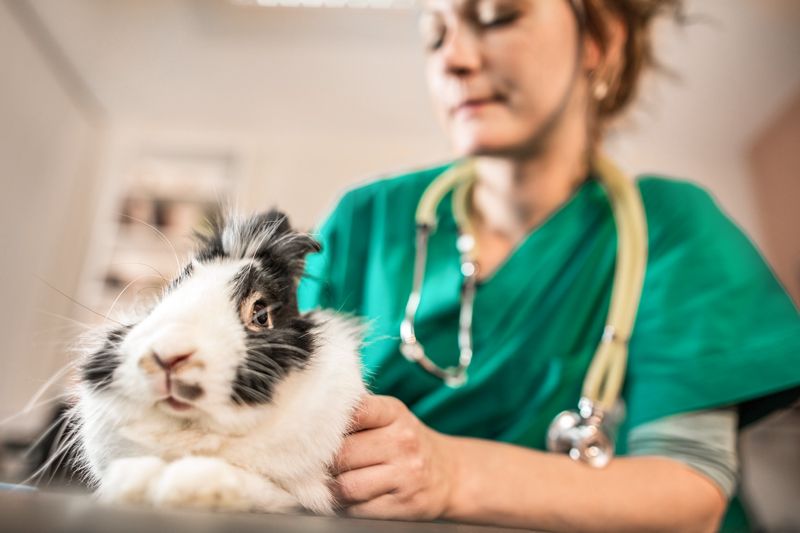
A little help for your little friends
Along with fostering and critical care support, rescue groups and other local experts can be a valuable source of education for shelters looking to improve their small-animal care.
“Over the last couple of years, the amount of information we’ve had to learn has been significant,” says Okazaki. “Developing your own internal knowledge about how to care for these animals and how to answer questions is quite important—and part and parcel to that is using outside resources.”
“We’re in a fairly rural community, and we still have local options that we’re able to find,” he adds.
Dixon says her shelter also gets a lot of advice, feedback and continued education from other shelters and rescue groups.
“Some rescue groups will come in and talk to our staff about guinea pig and rabbit care or behavior,” Dixon says. “And it’s been a huge help for staff.”
Okazaki says he’s grateful that he can also turn to specialized volunteers like Golz—someone with unique skills and deep knowledge of particular species.
“Rats and rabbits especially have different medical conditions you have to watch out for,” Okazaki says.
Having knowledgeable staff and volunteers also results in better placements. At the Baltimore Humane Society, a small-animal specialist on staff reaches out to every adoption applicant to discuss diet, housing and other care needs. Applicants are shown photos of ideal cage setups and given tips for keeping small animals safe from other pets.
Shelter staff also explain that being picked up and carried can be scary for small animals. It’s an especially important warning for animals who weren’t socialized properly in their prior home. “Some of them are difficult to handle,” Dixon says, noting that small animals are often surrendered in poor condition. “I don’t think it’s an owner’s intention—it’s a lack of education.”
Education is also a big part of HSJC’s small-animal adoption processes, which include explaining to potential owners that just like cats and dogs, small pets need regular exercise and socialization. “Over time, as we’ve provided more and more education, and as we’ve raised our expectations of adopters, the quality of adopters has really gone up,” Golz says.
Outside of counseling potential adopters, Golz takes any chance she can get to teach people about small-animal care.
“I used to volunteer in the shelter office,” Golz says, “and I would process applications. Even if people would come in to adopt a cat or a dog, if they had on their application that they also had a rabbit at home, I’d ask about the rabbit and how they enjoy it. If they said that the rabbit bites and has behavioral issues, I’d go over their home setup and provide education for them. It’s about reaching out to anyone who comes in and being a support and resource for them.”
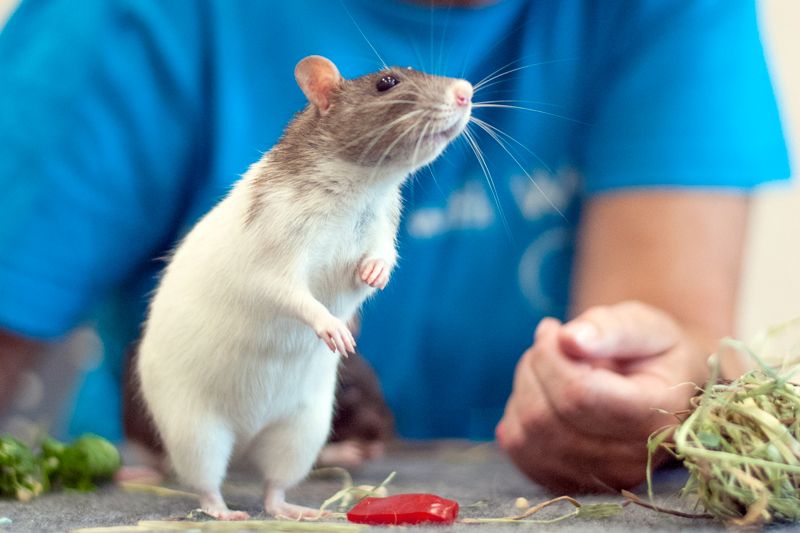
Helping the small guys shine
Part of improving care for small animals is getting them out of the shelter and into homes as quickly as possible. To that end, many shelters have made public outreach and creative promotions a big piece of their small-animal programs.
HSJC developed an ambassador program in which Golz takes two rats—permanent residents of the shelter—to area schools and other organizations to teach adults and kids alike about the wonders of domestic rats. The shelter also hosts tours for Boy Scouts and Girl Scouts and runs a summer camp to help give kids early education about small animals.
Golz says the HSJC small-animal programs have been so successful that children will bring their parents into the shelter just to introduce them to the ambassador rats. The popularity of pet rats in their area has been growing so steadily that the shelter is often able to transfer in rats from other shelters.
The Baltimore Humane Society organizes rabbit adoption events at local pet stores, and it runs a youth program with a structured class focused on small-animal care. Volunteers of all ages can join (with restrictions for some species), and after the participants learn about small-animal body language and behavior, they can sign up to help with daily grooming, socialization and enrichment.
“A lot of our youth volunteers have started with socialization,” Dixon says, “and then ended up as a family adopting.”
The shelter has a cadre of other programs, from birthday parties to Girl Scout tours, that encourage the public to learn about small animals’ personalities and think about adopting. It’s even hosted pet weddings around Valentine’s Day, an excuse for the public to come celebrate the shelter animals and watch rabbits and guinea pigs join together in make-believe matrimony.
The York County SPCA also gets creative to promote adoptions, Weekes says. One favorite: nail trimming events, where adopters can bring in their small animals for pedicures. “We’re trying to get people in the door who already have a small-animal interest,” Weekes says, “in the hopes that they’ll take one or two more home with them.”
Social media, shelters say, is one of the most effective ways to inform the public and promote adoptions. Dixon says the key is to share specific stories about the animals online, showing off their unique personalities and behaviors.
Every Monday, the York County SPCA promotes its small animals on Facebook and Instagram. The volunteers make sure to take photos and videos of the animals when they’re out of their cages. “People don’t realize how interactive these animals can be,” Weekes says. “They run and play and act like cats and dogs.”
“People don’t realize how interactive these animals can be. They run and play and act like cats and dogs.”
—Dr. Natalie Weekes, York County SPCA
At the Baltimore Humane Society, Dixon says the small animals’ average length of stay is still longer than she’d like, but it’s drastically decreased compared to several years ago. Rodents lived in the shelter for an average of 32 days in 2019, down from 47 days in 2017.
The shift, she says, is partially due to adoption growing more popular in general. But along with that, she says, it’s about “embracing your adopters, too—making the process more supportive.”
HSJC has seen adoptions steadily increase since revamping its small-animal program in 2015. Prior to the revamp, the shelter averaged 27 small-animal adoptions a year. That number has now nearly doubled.
Golz says she’s seen an attitude shift within the shelter as well, among staff and volunteers.
“The shelter rallies for small animals as much as it rallies for cats and dogs,” Golz says. “It’s because the staff and volunteers have become very well-educated, have had a lot of interaction with the small animals, and developed bonds and the capacity to see their worth—as being just as worthy as cats and dogs.”
